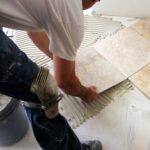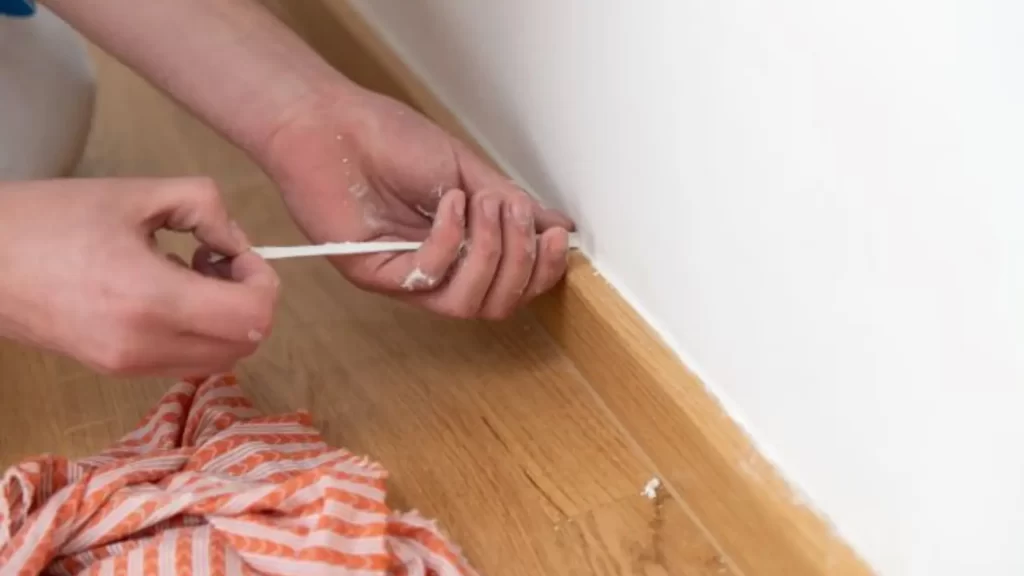A collection of important tips about safe practices during home improvement project for amateur carpenters and homeowners to start off projects the right way.
Home-improvement projects often call for risky practices. I remember nailing siding onto my house from the top of a 30-foot scaffold. That one got my blood circulating. Then there was the Habitat for Humanity house building project where we tight-rope-walked across the tops of 2-by-4 stud-framed walls while carrying roof trusses.
Accidents can happen. You need to be especially careful when you’re working at heights; with power tools or sharp blades; with heavy, awkward, or toxic materials; or with electricity or natural gas. Think about the Big Picture: It simply isn’t worth it to do your own home improvements if you run a high risk of seriously injuring yourself.
By employing proven safety techniques, you can greatly reduce your risk of danger or injury. Here are a few very important practices and rules:
• Tackle only those tasks that you feel safe handling. For example, if you’re uncomfortable on the roof because it is too high or steep, leave the roof repairs to a professional. The same holds true with jobs that require specialized tools.
• Keep a tidy work area to avoid creating your own hazards. Don’t allow power cords to tangle. Pick up and properly store power tools, sharp tools, or dangerous materials that might cause injury. Pull all nails from old lumber.
• Keep tools and supplies away from the reach of small children. For more about child safety, see Childproofing Your Home.
• Dress for safety. In other words, don’t work in your flip-flops and shorts. Sturdy clothing, work boots, and gloves will protect you. And wear safety glasses whenever you use power tools, hammers, or other striking or cutting tools. If you’re going to be working beneath construction, get a hard hat.
• Read the owner’s manual! When using power tools, be sure to follow all precautions stated in the manual. Always unplug the tool before servicing or adjusting it and when you’re finished with the task at hand. Be sure the tool works properly and is equipped with proper safety guards.
• Keep drill bits, blades, and cutters sharp. Dull tools require extra force and can bind, making the tools dangerous.
• Protect electrical tools with GFCI receptacles. When working with corded power tools outdoors, be sure they’re plugged into a receptacle that is protected by a ground-fault-circuit interrupter (GFCI). In the event of a short, a GFCI will shut off the circuit instantaneously.
• When using a ladder, position it on a flat, firm surface. As you climb or reach, keep your weight centered. Do not lean out to one side; keep your hips between the rails; never stand on the top two rungs. When using an extension ladder to reach the roof, extend at least two rungs above the eaves. This way, you can hold onto the ladder as you step onto the roof.
• Don’t go up on the roof in bad weather or if your roof has a pitch steeper than 5 in 12. Pitch expresses the angle of a roof’s slope. To find a roof’s pitch, measure how many inches it rises vertically for each 12 inches of horizontal “run,” or distance. A 6-in-12 pitch rises 6 inches vertically for every 12 horizontal inches of run.
• Do your own electrical work only if you have the necessary knowledge. Be sure to shut off the power before working on a circuit. Use a circuit tester to make sure a circuit is not active after you have shut off the power. (Sometimes more than one circuit is wired through an electrical box.) Never work on a live circuit, fixture, outlet, or switch. For more about shutting off the power, see How to Turn Off Your Home’s Electricity.
• Think twice before working on gas pipes. This is a job that’s usually best left to a professional technician. If you have the know-how to do your own work, test for leaks by brushing a solution of soapy water onto connections. Escaping gas will create bubbles. Remember that gas is explosive! Never use a flame (or a match) to test for leaking gas.
• Equip your garage or workshop and your home with fire extinguishers. Every home should have two working A-B-C fire extinguishers. Be sure they’re large enough to handle home fires; they need to be rated a minimum size of “2A10BC” on the label. Periodically check them to be sure they are fully charged.
• Protect yourself against exposure to hazardous chemicals and materials. Many varnishes, strippers, solvents, preservatives, adhesives, and other products used to accomplish projects contain hazardous ingredients. Pay attention to all label warnings, including instructions about proper ventilation. For some materials or situations, a certified respirator is a must.
• Dust and fibers can be hazardous to breathe. When sanding wood or wallboard joint compound, wear a dust mask. Never sand, scrape, or dislodge surfaces that you suspect to contain asbestos; doing so can put highly hazardous fibers into the air. For a complete report on how to identify asbestos and deal with this hazard, see Asbestos Testing & Removal.
• Know how to handle lead-based paint. Test surfaces before sanding or stripping. (Test kits are available in most home-improvement centers.) Before removing even a small quantity of lead-based paint, seal off the work area with duct tape and plastic sheeting. Always wear a respirator, gloves, and protective clothing. Vacuum the area only with a particulate vacuum cleaner designed for the job (these can be rented). Pregnant women and children should not be in the house or at the work site until all dust is removed. Hire a professional to strip large surfaces covered with lead-based paint. For more about lead paint, contact the Environmental Protection Agency.
• Last but not least, keep a good first-aid kit on hand. You can buy a first-aid kit that is endorsed by the American Red Cross at The Red Cross Shop.



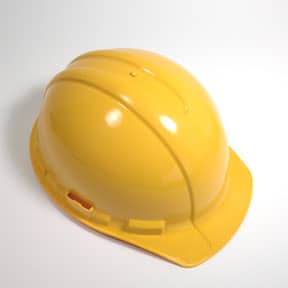
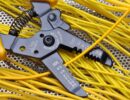


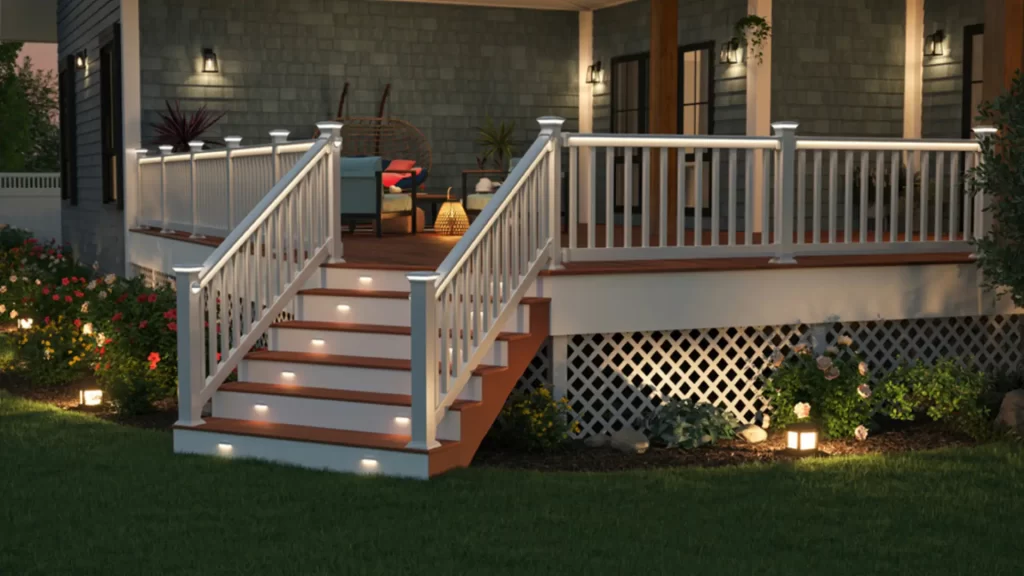
 Don Vandervort writes or edits every article at HomeTips. Don has:
Don Vandervort writes or edits every article at HomeTips. Don has:
